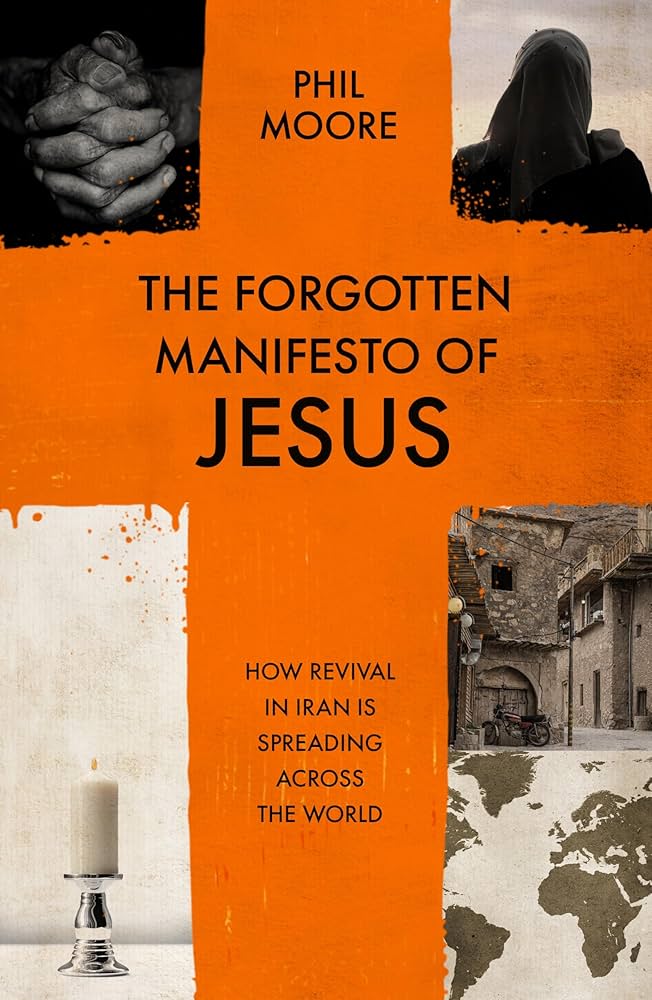The brief 12-day engagement between Iran and Israel in the previous summer left a significant imprint on the broader geopolitical landscape of the Middle East. The outcome of this confrontation sparked a wave of reassessment and reevaluation across various security, policy and nuclear dynamics within the region. Incorporating elements such as nuclear deterrence, proxy warfare, and the complexity and dependability of alliances have necessitated a crucial revision by all regional players. The Iranian revolutionary government, in particular, has found itself in its weakest state since its establishment in 1979, despite proclamations of triumph after the truce was declared.
From the perspective of regional geopolitics, Iran was seemingly deserted by its proxies, including Hezbollah, at a key juncture in its existence. Despite previous allegiances, there was an apparent lack of meaningful support from global partners, such as Russia and China, or even from nations sharing a similar religious affiliation. Apart from routine diplomatic cliches, concrete backing from these allies was largely missing, revealing a new layer of external vulnerability for Iran. A faint glimmer of solidarity was shown by the Muslim Brotherhood, further emphasizing Iran’s precarious position in the international panorama.
On the domestic front, this war propelled pivotal shifts within the nation. Supreme Leader Ali Khamenei emphasized the themes of national unity and resilience in his first address following the armistice. However, his unexpected stress on nationalism and patriotism was particularly noteworthy, as the Iranian dialogue has typically prioritized religious and ideological doctrines over nationalist sentiments. This underlined a unique divergence in the Supreme Leader’s speech, unusual for a nation where religion often supersedes national identity.
The weight of this altered rhetoric was highlighted by the repeated use of the word ‘Iran’ and references to the ‘nation’ throughout Khamenei’s speech. Intriguingly, religious terms such as ‘Islam’ were notably absent, with the only religious reference being to Iran’s official name, the Islamic Republic of Iran. This signal towards nationalism did not confine itself to administrative speeches but was also reflected in public events and commemorations.
National pride and patriotism became dominant themes during the Ashura ceremonies, which memorialize the martyrdom of Hussein at the Battle of Karbala. Similarly, the aftermath of the war was marked by widespread observance of nationalist symbolism during the funeral processions of military officials and scientists who lost their lives. There was a notable resurgence of a decades-old anthem filled with Persian nationalistic undertones, often performed at critical turning points in the nation’s history.
One such historic moment was in December 2022, amidst the surge of Hijab protests following the demise of Zhina, known as Mahsa, when a state-sponsored performance of this anthem echoed in Azadi Square, Tehran. This shift towards nationalistic sentiment may appear sudden, but in reality, it signals a slow, steady progression in the regime’s strategy, tracing its roots to Iran’s rich pre-Islamic past.
Recent years have witnessed a subtle shift in the regime’s narrative, with references to Iran’s pre-Islamic history and national symbols becoming more prevalent. These representations are part of a broader strategy to consolidate public backing around familiar nationalistic and Persian symbols. The relationship between the Islamic Republic and its pre-Islamic heritage has often been characterized by tension.
Ruhollah Khomeini, the founder of the Islamic Republic, was notable for his resolve to downplay the country’s monarchic past. He would occasionally refer to ancient Iran, but with a guarded attitude, avoiding any exaggerated praises of figures such as Cyrus or Darius. His successor Khamenei initially followed suit, but the early 2000s saw a discernible change in this approach.
Over the past two decades, Khamenei and senior officials have gradually included more historical characters from Iran’s pre-Islamic era into their speeches. This pivot became even more evident post-war, with a billboard in Shiraz depicting Sassanid King Shapur I’s victory over Roman Emperor Valerian in 260 CE, used symbolically to showcase the Israeli Prime Minister’s submission to Iran.
These celebrations of military success, replete with national, historical, and even pre-Islamic figures, underscore the regime’s need for internal unity and control. This new discourse seeks to imbue nationalistic sentiments into the public consciousness, while also projecting internal harmony by underscoring ethnic and cultural diversity.
In the ceasefire’s aftermath, state media widely shared images of Jewish soldiers in Iran’s military. However, the portrayal of these soldiers in the army does not signify inclusivity. It rather represents a rebranding of Jews’ subordinate status in Iran, where the Jewish community has steadily diminished from about 100,000 in 1979 to around 9,000 in the present day.
Post-war, Israel’s military chief remarked, ‘When dawn breaks, Israel must be ready to fight alone.’ This statement reverberates with the realization that, despite moral support from allies, nations stand alone in their battles. Khamenei’s acceptance of this reality underscores the importance of not only surviving geopolitical challenges but also strengthening internal unity.
This shift toward enacting a national Iranian identity, observed in the regime’s public discourse, must not be misconstrued as a total ideological pivot. From the regime’s perspective, the incorporation of nationalistic symbols and narratives runs concurrently with existing Islamic frameworks.
The inclusion of these ideas serves as reinforcements against domestic dissent and allows the regime to solidify its position. This transition from an ‘Islamic’ to an ‘Iranian’ identity should be perceived as a strategic realignment rather than an ideological shift. It hints at an evolution in the complex tapestry of Iran’s socio-political landscape, a dynamic blend of its Islamic present and its illustrious past.

